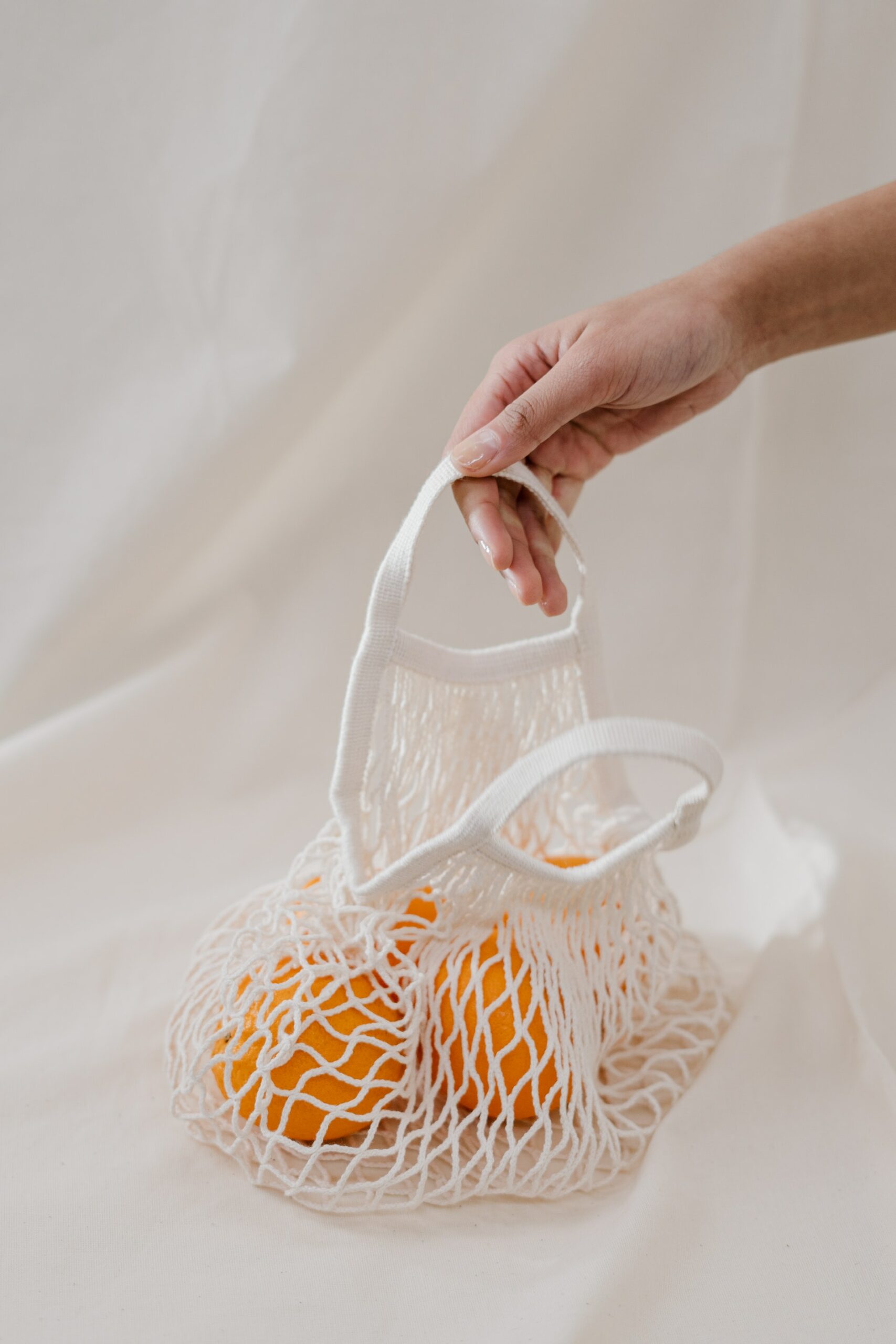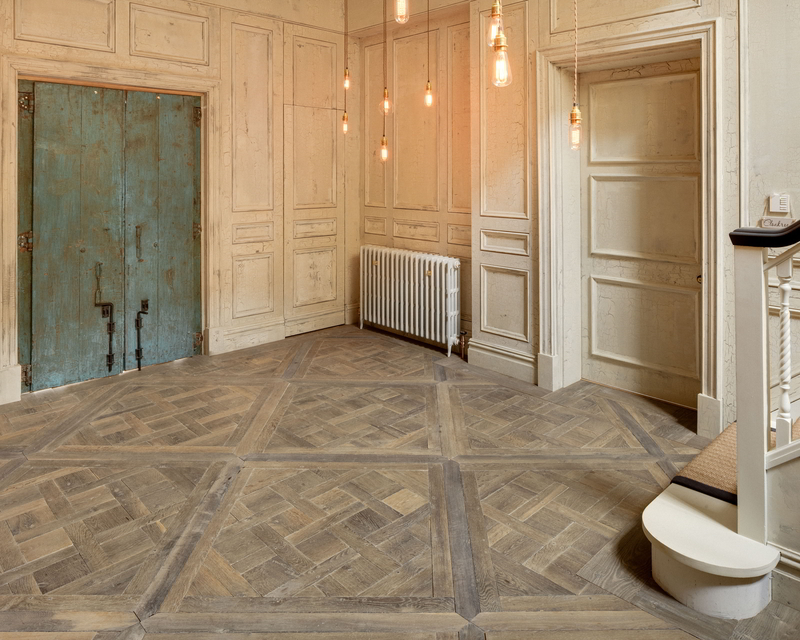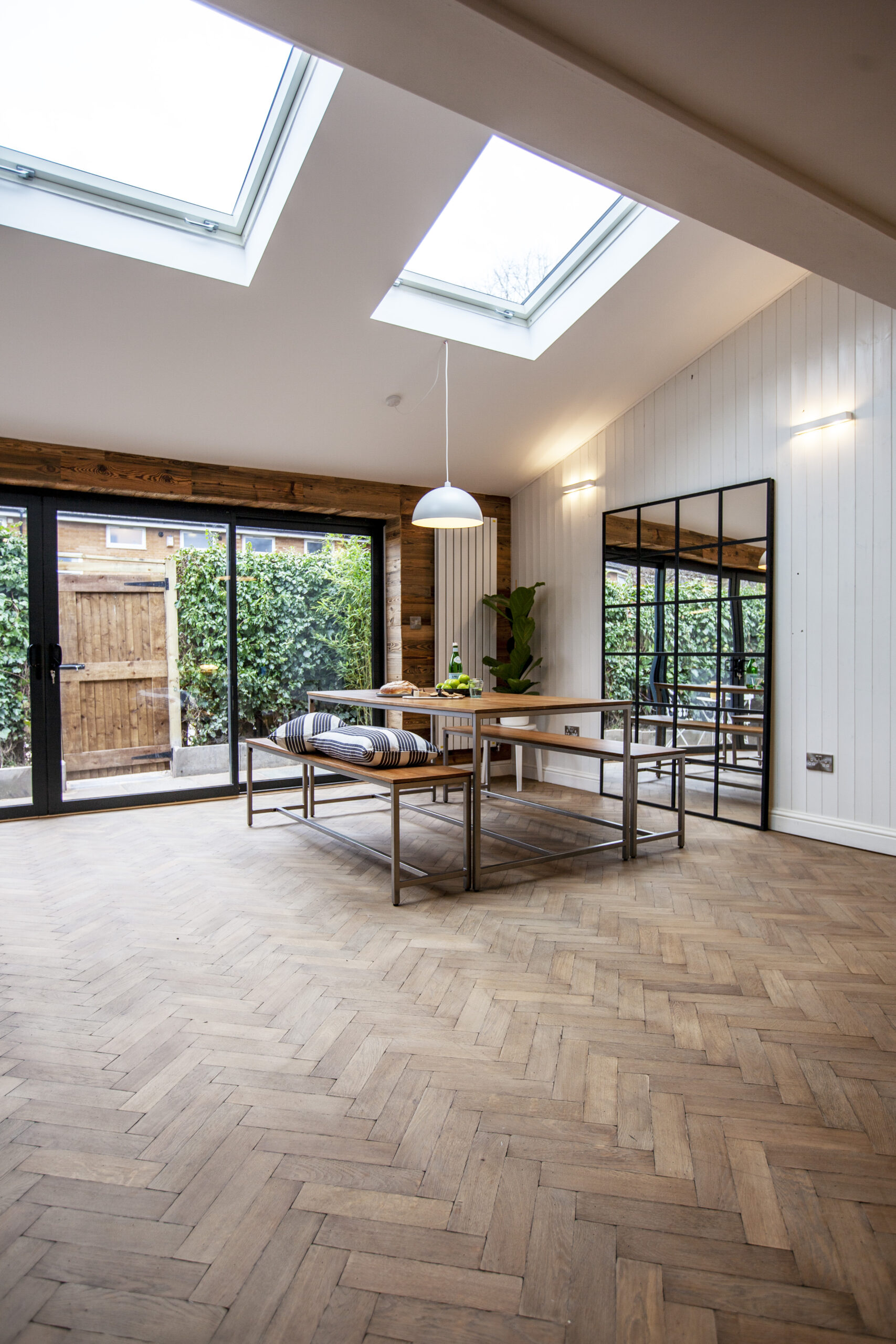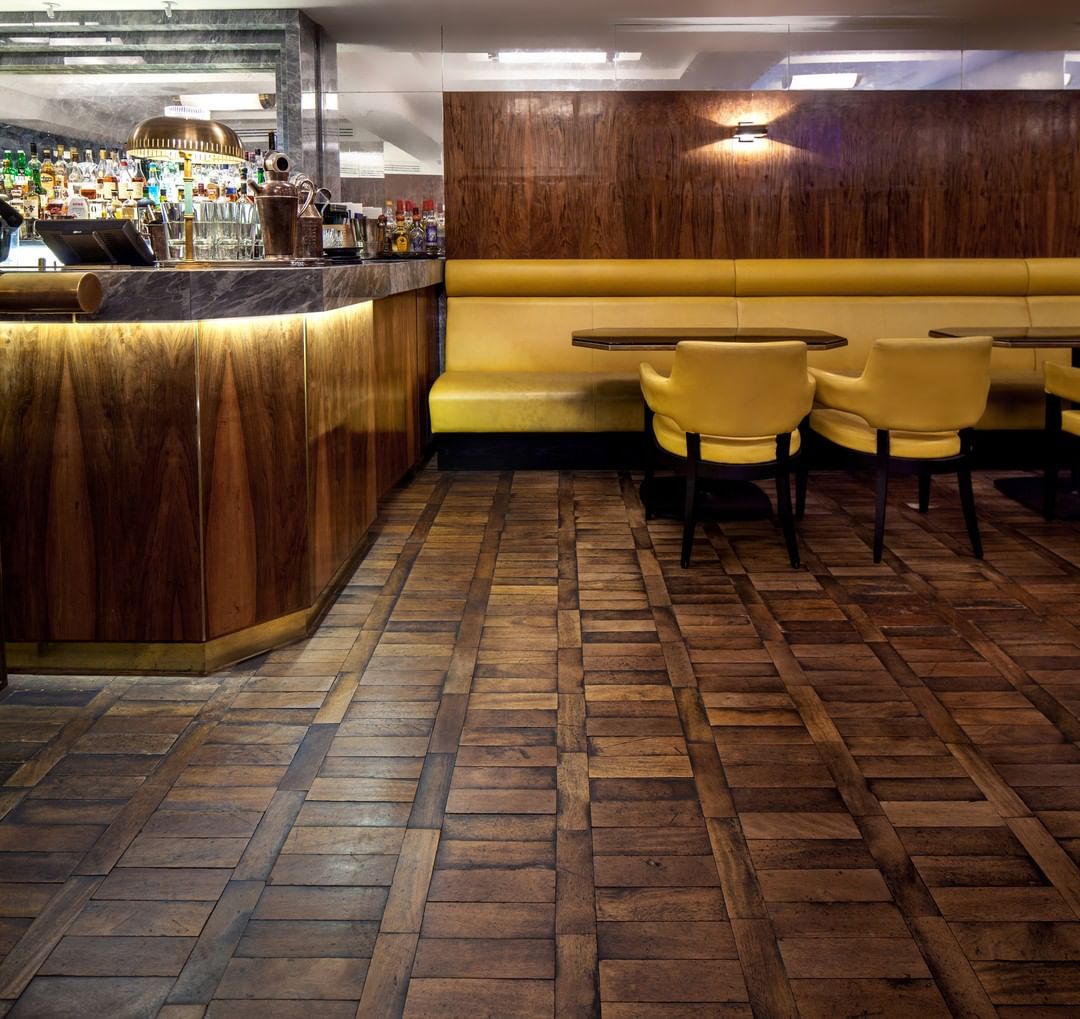
The design skills that we possess and our constant need for inventiveness have led us to an unsustainable system of cradle-to-grave consumption.
These very same skills are also the solution necessary in transforming the current system and lead us to a post-disposable society — one that considers our quality of life and that of all other species.
To accelerate the transition to a fair and circular economy requires us to broaden our outlook and deepen our understanding of the system itself.
There is a growing consensus among climate activists and designers alike to eliminate waste generation and stop materials from being incinerated — and in turn, move beyond the linear economy, fast.
Integrating sustainable sciences and design approaches into all facets of decision making, as well as revolutionising the way we create is an ambitious aspiration that is finally coming to fruition globally.
Design done with the intent to make a positive and regenerative impact can lead to a healthy future for both people and the planet.
To design our way out of the “take, make, waste” problem, we can start by ensuring that new products are built to last or made to be made again.
Why should progressive and pioneering leadership from within the design and production industry care and how can design that transcends waste help us transition out of the linear economy?
If what we’re looking for is a healthy future for both people and the planet, we won’t find it in focusing our energy on changing human behaviours.
Instead, we ought to leave behind the old models and shift towards redesigning the systems of production that normalise sustainable consumption and regeneration.
Why is linear economy so unsustainable?
The extraction and processing of raw materials from forests, fields and mines and turning them into products that are transported to our doors for consumption generates 60 times more waste than we throw into the bin, and absorbs significant quantities of energy, water, and human effort.
This way of production and consumption is threatening our ecosystems: plastic waste, textile waste, food waste, electronic waste and construction waste is the endpoint… the full stop.
As it turns out, this disproportionally affects the global poor, whether through pollution, labour violations or climate change.
The numbers are staggering: a whopping 8 million tonnes of plastic and other non-biodegradable products end up in our landfills and oceans every year.
How has bad design contributed to the problem?
Overproduction, over-extraction, overconsumption are not accidents, they are the by-product of terrible design, unintelligent decisions, and our never-ending search for innovation.
Unfortunately, so much of our products, including the clothes we wear and the buildings we live and work in, have been designed to fit the linear model, where life cycles are short, and materials are nearly impossible to recover.
Many of us know this, yet still, we continue designing, producing, and buying more and more stuff, causing enormous amounts of greenhouse gases such as carbon, methane, and nitrous oxide, as well as alarming rates of habitat and biodiversity loss, social and economic repercussions.
How many of the products you own now, for example, will you use briefly and then end up as waste within the next five years?
What is needed is slow design
If projects run more quickly, it can be hard to understand the project landscape and how design decisions were taken today have implications for that landscape in the years ahead.
Slow design considers ecological soundness; thus, it can be said that it has durability at its core because production is deliberate.
Due to the choices we actively make, there is an inherent need to create with wellbeing in mind and with the future fully mapped.
When design is well thought through, made with both eyes open, decisions are never random.
Therefore, slow design is functionality… it enables intentionality and aims towards zero-waste and cradle-to-cradle purposing.
For companies to be profitable, innovative and progressive, they will need to think about the way their products are made and distributed, what happens to them when they reach their end of life, and how best they can assist in creating a regenerative society for all to thrive in.
At the end of the day, slow design can also be considered as sustainable design and its process holds the secret of longevity.
Mindful design takes time, and yet the opportunity to repent at leisure is something that we fail to embrace.
Because we understand that we are taking more from the planet than we are replacing, slow design can be seen as a way of “paying forward”.
Looking to nature for inspiration
As the focus of designing products that transcend waste continues to shift heavily towards sustainability and “made-to-last”, the conversation of “looking to nature for inspiration” comes to the forefront.
This, however, is nothing new as nature has always been our go-to strategy for survival and rethinking how we live as humans.
When it comes to nature’s resources, timber for example, leaders in the wood manufacturing industry are constantly developing new and innovative ways to think about the material’s potentials and prospective usage, and how it can be passed down from generation to generation.
The use of wood floors is a clear example of how high-quality and timeless materials can efficiently make a huge difference in an architectural project’s ecological footprint and energy efficiency rating.
Reclaimed pieces from old ships, barns, and other ancient buildings are still in use today, and can even be bought and sold at higher prices than when they were first produced.
With these ideas in mind, wood, as a renewable material that can last a lifetime, is also resilient to sudden changes and thrives in post-crisis environments — and it can be used to innovate around circular economy principles, as well as design dwellings that support the stewardship of the material today and many years to come.
Design that retains value and is made to last
Designers, creative entrepreneurs and social innovators are starting to use design as a positive force — initiating “imaginative and inspiring concepts” that not only reduce waste but rethink the production and consumption cycle.
Many are upskilling their teams to be cognitively equipped to make the changes to their production models, many have adopted the life cycle approaches needed to contribute to the rising circular economy movement, while others are hiring the young creative thinkers who understand the call from consumers for products that don’t damage the planet and care about the impacts of the things they create.
The good news is an industrial system based on circular material loops can change how things are made and what they are made of.
Designs that transcend waste have an amazing opportunity to be part of building a restorative, regenerative future.
A future where we look to nature, whose materials are recycled in circular loops and intricate ways that lead to economic, environmental, and social benefits.
Designers and creatives are also in a unique position to shift narratives and facilitate alternative visions necessary to aid the transition needed for a new system that works for both people and the planet.
Preventing product waste by embedding things in cycles: take, make, use, consume, regenerate, restore, and reuse, can be used as a tool to repair what is broken
Conclusion
To flourish without permanently damaging the natural ecosystems requires that we think of different ways to make design a model for sustainability.
Design that transcends waste can achieve dynamic balance, sustain the whole and provide the conditions for survival.
The opportunity to explore and discover real solutions that move beyond the circular economy can help tackle some of the greatest challenges facing humanity today such as climate change and increasing levels of waste.
In essence, designing products and packages in a way that transcends waste gives us the ability to question our choices, view the world through different lenses, and create the future we desire.









